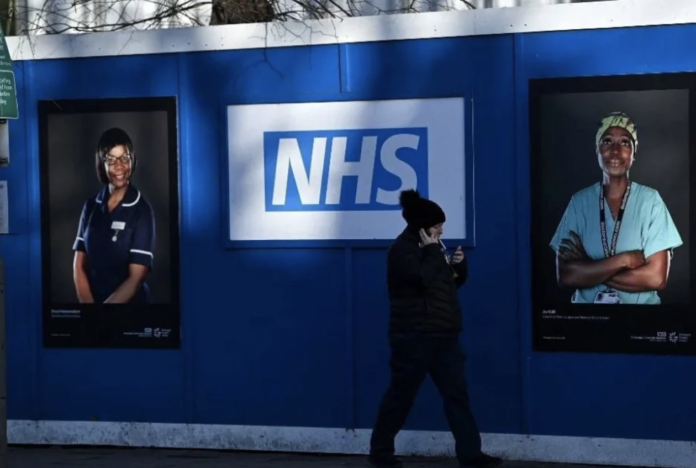LONDON, Jan 16 — Britain’s healthcare facilities are facing mounting pressure due to an increasing number of patients suffering from flu and Covid-19 amid long waiting lists as well as “deadly” ambulance delays, according to Anadolu Agency.
With the beginning of winter in December last year, Britain’s National Health Service (NHS) has become one of the most important agenda items of the country as the government has been highly criticised by many for “remaining silent to the NHS crisis” since then.
In addition to rising flu and Covid cases, strikes by healthcare staff including nurses, doctors and ambulance workers have increased the burden on the NHS, which is already under huge pressure.
Stephen Powis, NHS national medical director, defined the mounting coronavirus and flu cases across Britain as a “twindemic.”
“Sadly, these latest flu numbers show our fears of a ‘twindemic’ have been realised, with cases up sevenfold in just a month and the continued impact of Covid-19 hitting staff hard, with related absences up almost 50 per cent on the end of November,” he said on Dec 30.
His remarks came after NHS figures showed that the number of flu cases in UK hospitals was up sevenfold in a month as there were 3,746 patients a day in hospital with flu in the last week of December, up from 520 a month earlier.
A day after the sobering figures, media reports revealed that patients in Scotland had been treated outside hospitals due to the coronavirus and flu, compounded by higher-than-normal levels of staff sickness.
On Jan 6, the NHS released another figure showing how the rise in flu cases poses a threat to the health system. It said that flu cases rose by 47 per cent during the first week of the year.
“Last week, there were an average of 5,441 people a day in hospital with the flu compared with 3,746 the week before – up almost 50 per cent in seven days,” it said.
With the issue turning into “a crisis,” hospital and ambulance trusts across the UK have begun declaring “critical incidents” since the beginning of December.
On Dec 27, UK ambulance services declared a second “critical incident” in a week due to extreme pressure as authorities also started calling on the public not to call the emergency number 999 unless it was a life-threatening condition.
Despite these measures, the long waiting issue has not been resolved, as a senior health official in Britain warned on Jan 2 of the risk to patients due to “appalling” wait times in A&E departments.
Separately, on Jan 2, Matthew Taylor, the head of the NHS Confederation, also pointed out that health services are under “unbearable strain.”
A day after these warnings, local media reported that a woman in the UK died after more than 16 hours of waiting for an ambulance to arrive at the scene.
On Jan 5, it was revealed that a 56-year-old man in Northern Ireland waited more than 100 hours on a trolley in an A&E department despite having a serious kidney infection.
Along with a series of industrial actions by various groups including railway staff and postal workers, thousands of healthcare workers also held a series of strikes over a pay dispute and working conditions.
“Once again, we offered talks. Once again ministers refused to get round the table. Once again, nursing staff are left with no choice,” said the Royal College of Nursing, announcing further strikes by nurses in England on Jan 18-19.
In addition to nurses, around 25,000 ambulance workers are expected to walk out on Jan 23 due to an ongoing pay dispute.
Meanwhile, the British Medical Association (BMA) said that junior doctors struggling financially because of debt have opened an online strike ballot (which will be closed on Feb 20) for a possible walkout in March.



















